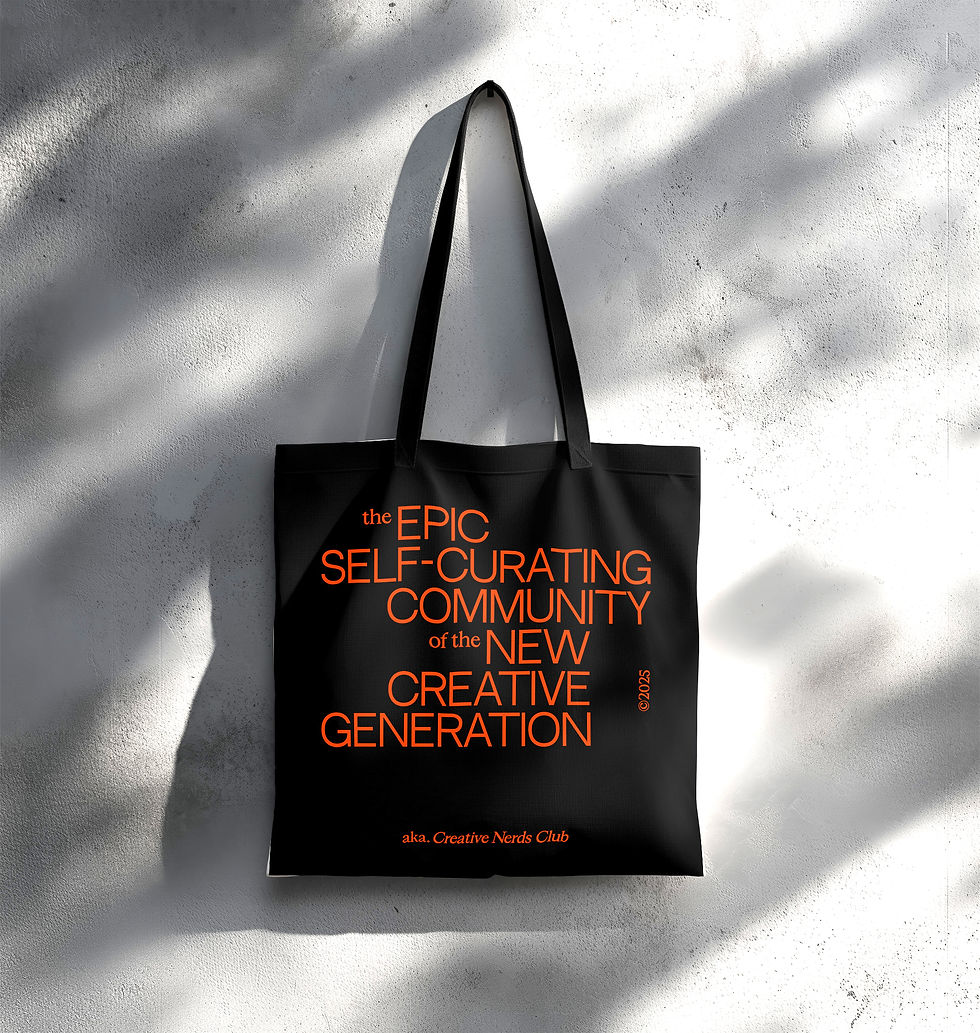"Patisserie Collection" Inspired by the Colourful Universe of Pastry
- Onur Çoban

- Sep 22, 2023
- 4 min read

We had a conversation with Studio Yellowdot co-founders Dilara Kan and Bodin Hon about the collection and collaboration with Gorbon Ceramics, inspired by the colorful universe of pasta making.
The collection includes handmade 3D relief wall tiles named "Patisserie" and many design pieces such as stools, tables, and lighting. How did you come up with the idea of the Patisserie Collection inspired by the colorful universe of pastry? We would like to hear your story of coming together with Gorbon Ceramics.
We have always been fascinated by ceramic tiles seen since we visited Istanbul, as it is present everywhere and a big part of the city's cultural history, found in many of the architecture and landmarks. Initially, we imagined creating something with a more traditional approach with geometric forms, but the ‘Patisserie’ idea came when we first visited the workshop upon the invitation of the owner Orhan Gorbon.
We were mesmerized by the trays and racks of ceramic tiles in progress and the giant equipment like mixers, extruders, and ovens (kilns), which were all very kitchen-like to us, and, of course, you could feel the heat coming from the kilns and the recently fired ceramics - it was quite an experience! We approached the project with fresh eyes, entirely new to the world of ceramics, and we had mistaken the term ‘bisque’ - (baked/hardened ceramic) for 'biscuit' (something we could eat)- which we all had a laugh about.
"Our design approach is to infuse a bit of playfulness and surprise into every project - and since the goal was to create a project for Paris, a place world famous for its desserts & patisseries, we took the concept and designed the whole world around this using all the different techniques one can find from the ceramics workshop."
We even visited a pastry chef in Istanbul to learn how to decorate with icing. It was a departure from the status quo, but Orhan and the team were wonderfully brave to believe in this bold idea. Starting from the mini-sample tiles, we utilized all the technical expertise of Gorbon to create this collection. From dry-pressed 3D relief tiles shaped like donuts, eclairs, and puffs to handcrafted lava-stone 'biscuit' tabletops, we try to push the boundaries of the materials and each technique so that each piece is contemporary and exciting.
You are a team that likes to discover new materials. You have used many different materials, such as glass, aluminum, and even eggshells, in your designs. What was the experience of using ceramics as a design material? What were the challenging and exciting aspects of the ceramic production process?
For clay, it was completely different; even the feeling when you touch it is special - it is soft, warm, and very malleable. Every material has its constraints; ceramics is less precise, but we quickly learned to embrace the flexibility, making the process more exciting. There is great variability in each production stage and plenty of room for creative adjustments between molding, firing, and glazing. Every time, we learn another new secret from the team of craftsmen. During the project, we developed the ‘clay icing’ technique - which needed a specific consistency - somewhere between wet and dry so that we could use the same pastry tools to do icing from a piping bag. Working with ceramic was a joy for us, as there are endless choices of colors and textures that we are still discovering.
One of the most popular and shared works of Maison&Objet was undoubtedly 'Patisserie.' What kind of feedback did you receive?
We designed the whole exhibition experience around the patisserie shop - from selecting the colorful 'biscuit' samples to packaging them in a nice gift box - just like you would in a Parisian pastry shop. Even the exhibit displays and printed material were inspired; some visitors even came back multiple times.
We are so pleased with the feedback and bring this level of excitement to ceramics - one of the most common, oldest & most traditional materials and especially to Maison&Objet in Paris - one of the most international and renowned design events, and in France, where they have a long history with ceramics production. It is a great pleasure to share the world's positive reaction with the team; we are proud to bring joy and appreciation to everyone who worked hard on the project.

The collection brings together modern design and local ceramic craftsmanship. Today, many designers are collaborating with local artisans from different fields. What do you think about this new hybrid production approach?
It is always great to keep the tradition alive for new audiences. It builds a deeper relationship with our local community and helps us better understand our cultural background. We are privileged to travel and exhibit our works internationally, and bringing our collaborative works and sharing the feedback brings great pride to our collaborators.
With globalization and minimalism, many projects are becoming more monotonous; through design, we can show cultural diversity in new and creative ways and bring a unique point of view to design that is becoming more appreciated.


















































